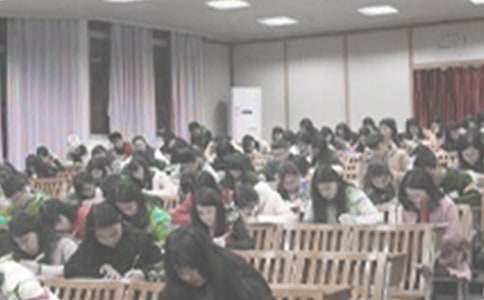2006年12月大学英语六级考试老题型模拟试卷(一)
大学英语6级考试恩波英语5套卷

模拟试卷二
COLLEGE ENGLISH MODEL TEST TWO
-Band Six-
试卷一
Part ⅡReading Comprehension(35 minutes)
Directions: There are 4 passages in this part. Each passage is followed by some questions or unfinished statements. For each of them there are four choices marked A), B), C) and D). You should decide on the best choice and mark the corresponding letter on the Answer Sheet with a single line through the centre.
Passage One
Questions 21 to 25 are based on the following passage.
One pertinent question in the wake of the earthquake near Aceh (亚齐省) and the tsunami (海啸) it generated is how much notice of an approaching wave can be given to vulnerable people without the risk of crying “wolf” too often. Earthquakes themselves are unpredictable, and likely to remain so. But detecting them when they happen is a routine technology. That was not the problem in this case, which was observed by monitoring stations all over the world. Unfortunately for the forecasters, although any powerful submarine earthquake brings the risk of a dangerous tsunami, not all such earthquakes actually result in a big wave, and false alarms cost money and breed cynicism.
On top of that, most “tsunamigenic” earthquakes, which are caused when the processes of plate tectonics force heavy, oceanic crustal rock below lighter, continental rock to create a deep trench at the bottom of the sea, occur in the Pacific, which is almost surrounded by such trenches. In the Indian Ocean, deep trenches are confined to the southern coast of Indonesia, and tsunamis are rare. Since most of the countries affected by this tsunami are poor, or middle?income at best, and monitoring costs money, this might suggest that a fatalistic approach to the question is reasonable. But American and Japanese experience suggests that effective monitoring need not
>>